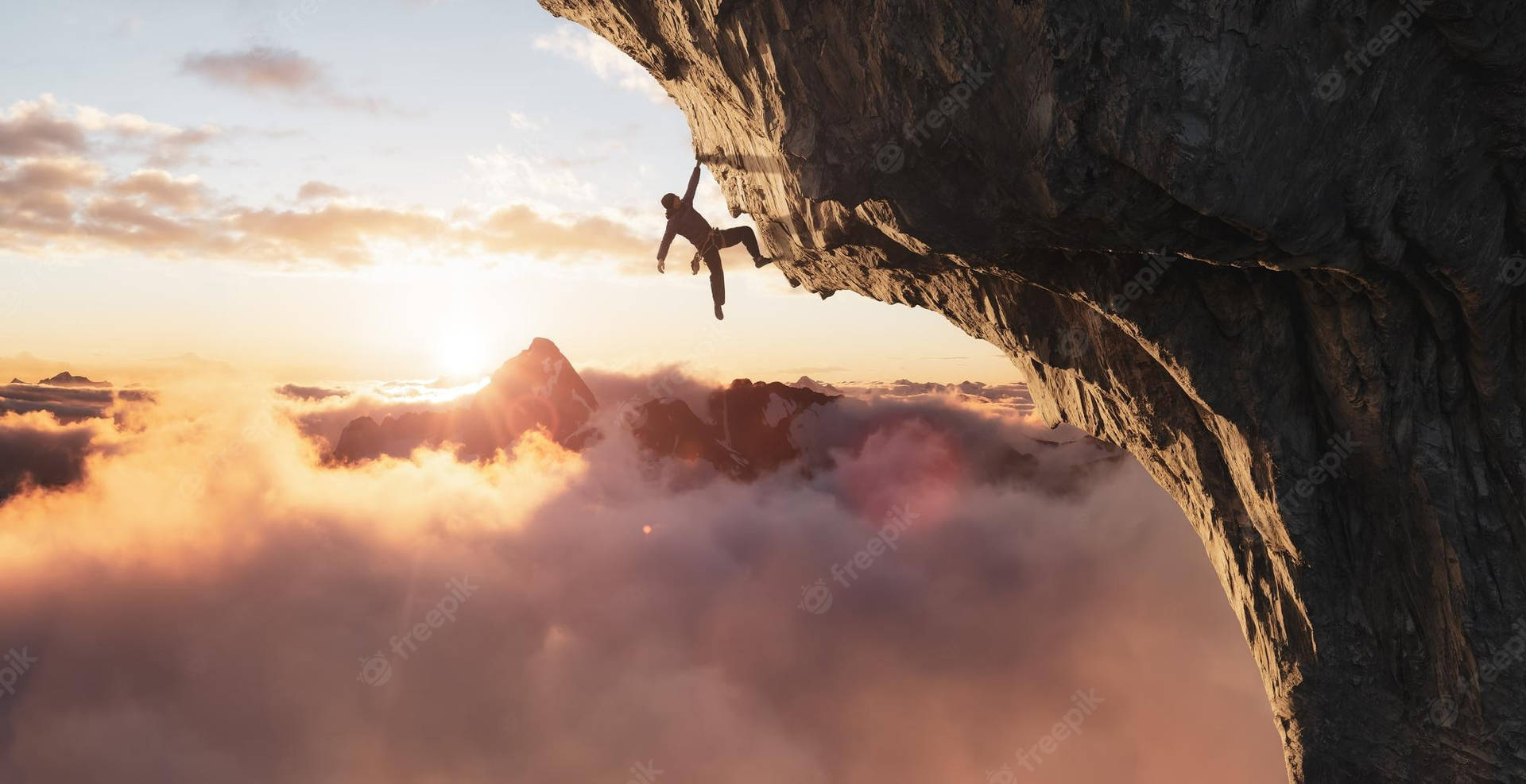
FAQ About Climbing
Climbing
2 years ago | gizem
What are the different types of climbing?
Climbing encompasses various types and styles, each with its unique challenges and techniques. Here are the different types of climbing:
- Rock Climbing: Ascending natural rock formations using hands and feet to find holds and footholds. This can be done both indoors (on artificial climbing walls) and outdoors (on actual rock faces).
- Sport Climbing: A form of rock climbing that involves climbing with the protection of pre-placed bolts along the route. Climbers clip their ropes into these bolts for safety.
- Traditional (Trad) Climbing: A style of climbing where the climber places removable protection, such as nuts and cams, into cracks and crevices in the rock as they ascend. This type of climbing requires experience in gear placement and route-finding.
- Bouldering: A type of climbing performed on large boulders or short rock faces without the use of ropes or harnesses. Climbers rely on crash pads for protection during falls.
- Ice Climbing: Ascending frozen waterfalls or ice-covered rock faces using ice axes and crampons for traction.
- Alpine Climbing: Climbing in high-mountain environments, often involving mixed terrain of rock, ice, and snow. Alpine climbers may face challenges like extreme weather conditions and long approaches.
- Mountaineering: Climbing mountains, often involving long expeditions, technical climbing, and high-altitude challenges.
- Aid Climbing: Ascending a route by using specialized equipment, such as etriers and ascenders, to aid in upward progress. Aid climbing is typically used on challenging routes with minimal natural holds.
- Free Climbing: Climbing without relying on equipment for upward progress. Free climbing uses only natural holds and features to ascend, and any gear is used solely for protection in case of a fall.
- Deep Water Soloing (DWS): A type of climbing above deep water where climbers do not use ropes or protection. Falling results in a splashdown into the water below.
- Speed Climbing: Climbing with the objective of reaching the top of a route as quickly as possible. This discipline is often practiced on artificial climbing walls.
- Competition Climbing: Climbing in a competitive setting with standardized routes, where climbers are scored based on their performance and speed.
